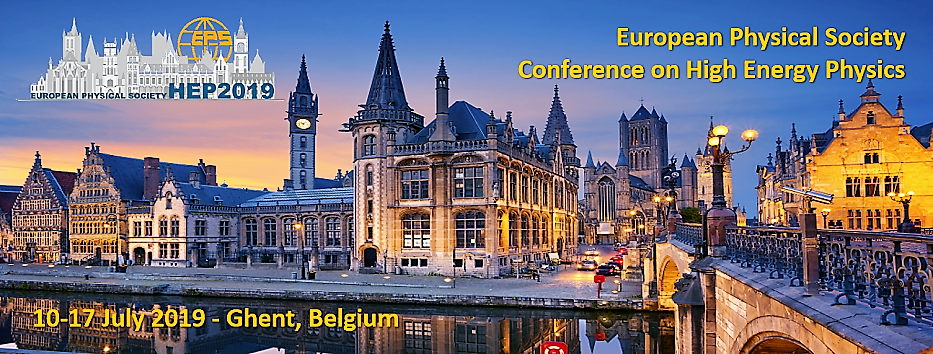Speaker
Description
Forward-backward (FB) multiplicity correlations carry important information on the early dynamics of ultra-relativistic heavy ion collisions. In this talk, new data on forward-backward charged particle correlations and multiplicity fluctuations in Pb–Pb collisions at $\sqrt{s_{\rm NN}}= 2.76$ TeV are presented. The data are recorded with the ALICE detector at the LHC. We focus on the evolution of the correlation coefficient $b_{corr}$ and the strongly-intensive quantity $\Sigma$ as a function of the distance between forward and backward pseudo rapidity intervals ($\eta$ gap), the centrality of the collision and the width of the centrality bin. Both observables are studied by means of two different centrality estimators: charged-particle multiplicity and spectator energy.
At the moment, the strong dependence of the measured magnitude of forward-backward correlations ($b_{corr}$) on the applied centrality estimator, and as a function of the width of the centrality bin, are well-established facts. In this presentation, we substantiate that the correlation strength, measured with the ALICE detector, appears to be dominated by geometrical fluctuations for wider centrality windows. This effect decreases significantly when narrowing the width of the centrality bin.
On the other hand, the most recent studies of the $\Sigma$ variable indicate that this observable exhibits the properties of a strongly intensive quantity in terms of the Independent Source Model for Pb–Pb collisions at LHC energies. As such,it is independent of the centrality bin width and centrality estimator. The usage of $\Sigma$ makes the measurement independent of effects such as fluctuations in the initial state geometry. Therefore it provides information on the early collision dynamics which is more direct than that obtained from other observables.




